
A Customer Journey Map (CJM) is a very helpful tool that represents the whole interaction with a product or service in a transparent manner. It clearly points out the strengths and weaknesses of each stage of the interaction – particularly those that affect the user experience. In addition to this, Customer Journey Maps also show the possibilities for improvement. However, creating a Customer Journey Map is a very resource-consuming process. In this article I would like to introduce to you the approach we have taken for one of our clients. The technique that we applied allowed us to quickly create a Customer Journey Map in a quick and cost-effective manner.
The Challenge
We were asked to create a Customer Journey Map for one of the leading email service providers in Poland. Our client wanted to know why users are choosing their email service, while analyzing the context with which they were using it. One of the challenges we had to face was to find out what elements users admired the most and the things that should be improved as quickly as possible. Another thing was to identify solutions that would exceed users expectations and strengthen our client’s position against competition. Unfortunately, there were two problems – a tight deadline and budget constraints (I bet this sounds familiar!).
Creating A Customer Journey Map
First things first: What input do you need to draw a Customer Journey Map? According to Jacek Samsel’s article ‘Improving UX with customer journey maps‘, there are 4 main steps in Customer Journey Map creation:
- Gathering all the information you already have about your users and the way they use your product or service
- Identifying information gaps and filling them by running additional studies with real users
- Creating user personas based on gathered information
- Drawing your Customer Journey Map using all this knowledge
However, what should you do in case you do not have time and money for additional user research before points 3 and 4?
Combining workshops & online research
The answer is simple – gather product or service stakeholders, create personas and a Customer Journey Draft (CJD). Then verify it via a quick online research. We took this approach and it worked out for us:
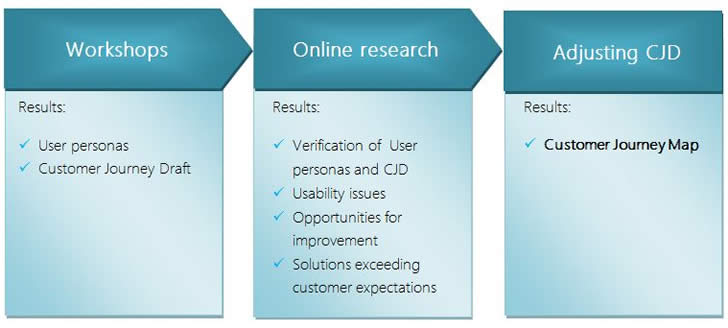
1. Workshops
As mentioned above, the first step consisted of workshops carried out with our client. One of the outcomes of these workshops was the creation of User Personas. Personas are simplified visualization of information about the target group in a form of description of a particular person. For additional information about Personas, please refer to this article, point 2.2.
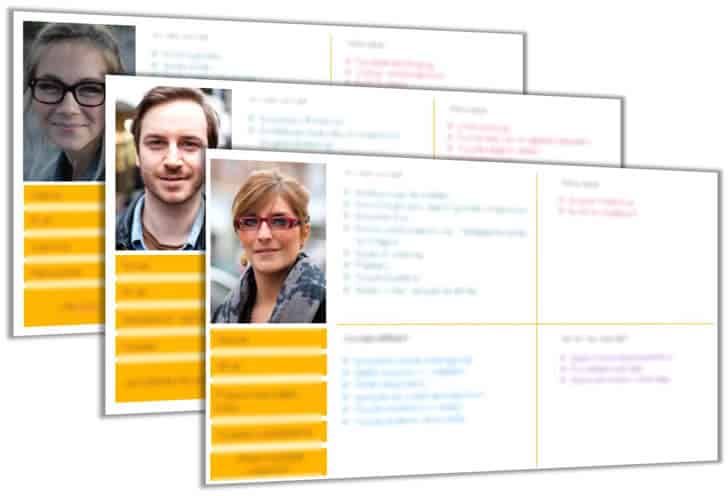
Another result of our workshops was the Customer Journey Draft – the initial release of the Customer Journey Maps. It was a graphical representation containing a set of hypothesis about users and their interaction with the email service at every stage of the process.
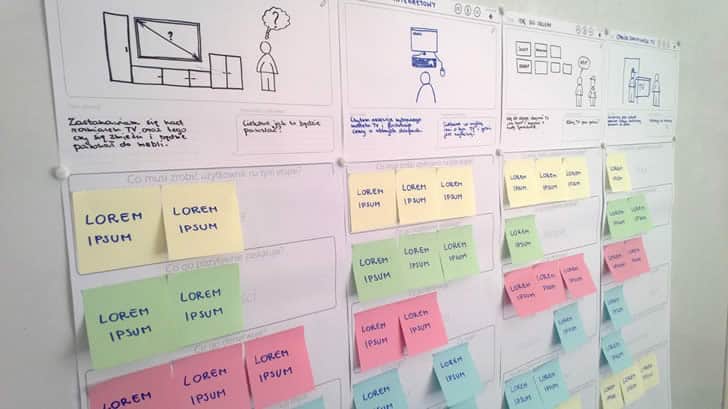
2. Online Research
Afterwards, we conducted quick, but detailed research on a about a hundred users using UserZoom. The main goal was to verify quantitatively our hypothesis about Personas and the Customer Journey Draft while extending our knowledge about users. Another purpose of this study was to discover usability issues and outline possibilities for improvements. Research also revealed some additional user needs, which we addressed so as to exceed their basic expectations.
3. Adjusting The Customer Journey Draft
The last step of our approach was adapting the Customer Journey Draft to reflect the research results. We rejected some hypothesis and enriched the Customer Journey Draft with additional findings. Thanks to that, we achieved the final version of Customer Journey Map.
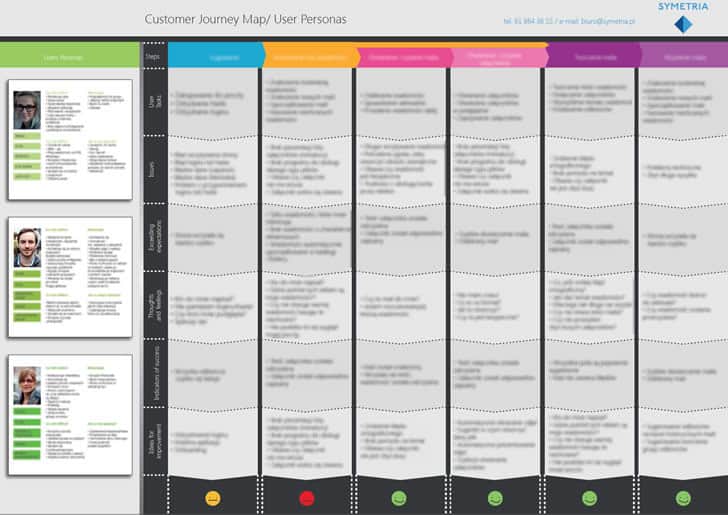
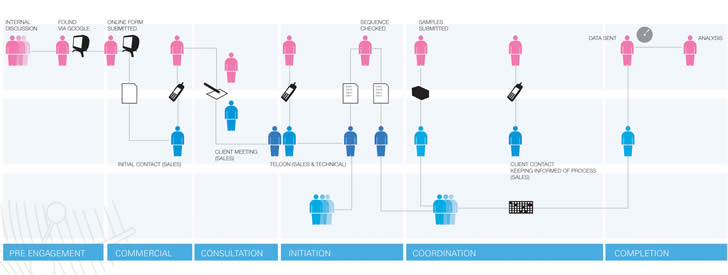
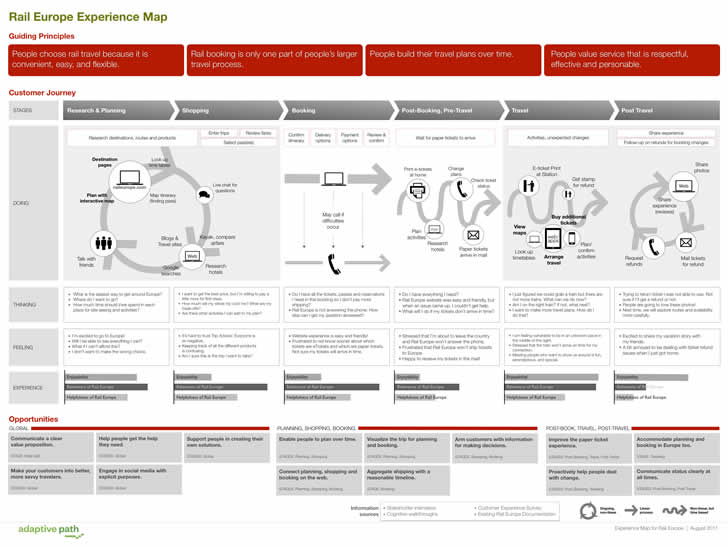
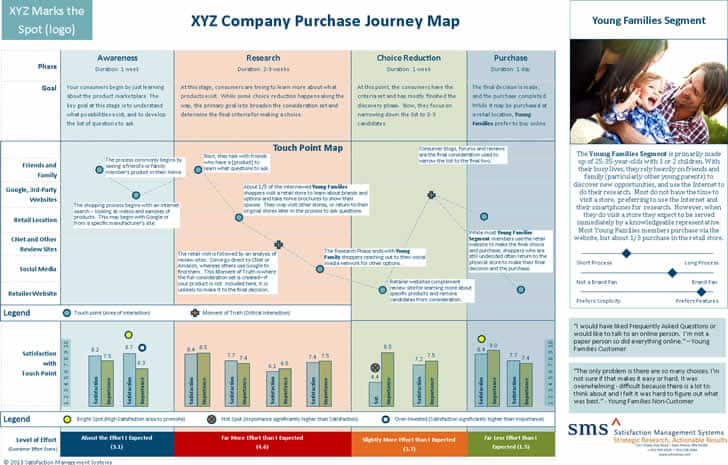
Conclusion
Tight time and cost constraints triggered our innovative approach to modifying the traditional technique of creating a Customer Journey Map. Ideally, all the information and insights about users and their interaction with a product or service should be supported by in-depth user research during the initial phase.
Due to the project limitations we decided to use a different solution – combining workshops with online research turned out to be a quick and effective method for us. So stop reading and try it yourself … then share your ideas!
Want to learn more?
If you’d like to improve your skills in User Research, then consider taking the online course User Research – Methods and Best Practices. The course certificate is recognized by industry and it will help you advance your career. Alternatively, there is an entire course on Usability Testing which includes templates you can use in your own projects. Lastly, if you want to brush up on the basics of UX and Usability, you might take the online course on User Experience. Good luck on your learning journey!
(Lead image: Depositphotos)
